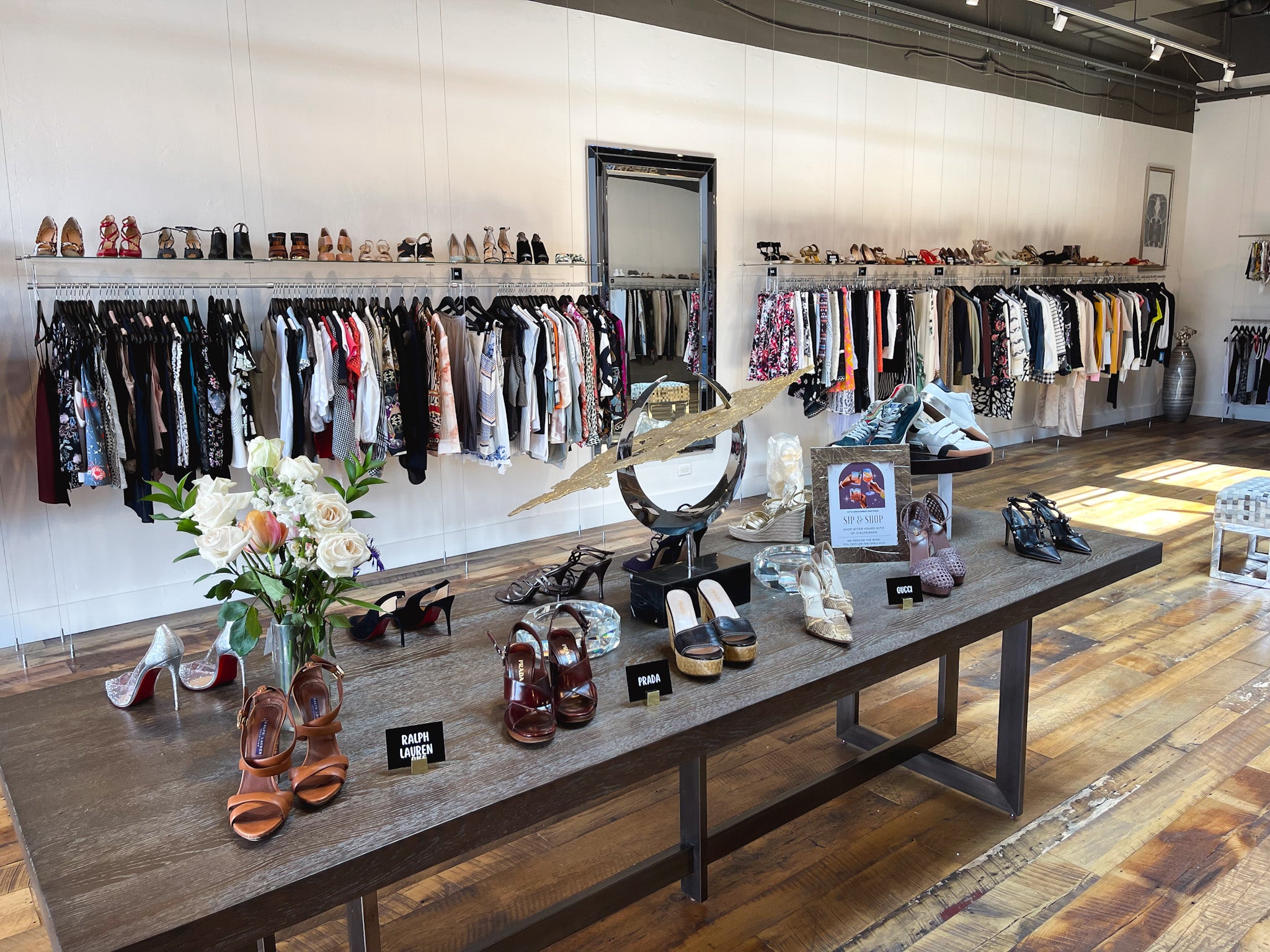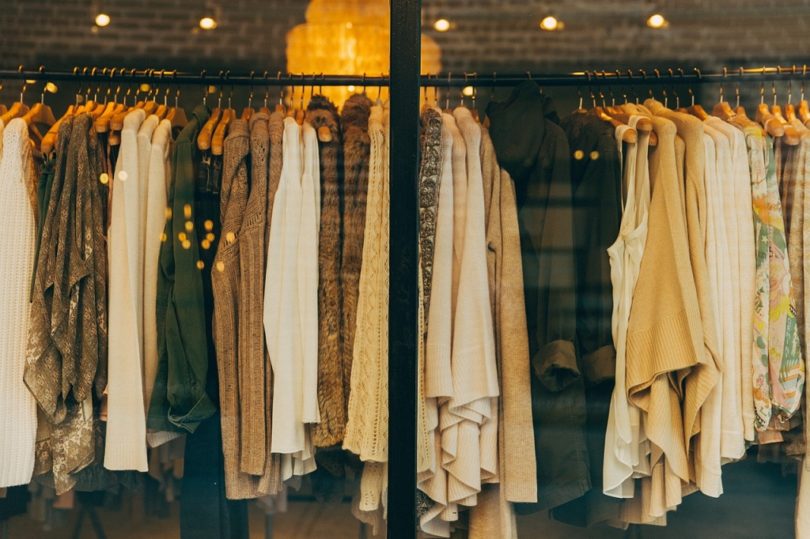Exactly how to Style Your Attires with Boutique Fashion Discovers
Wiki Article
A Deep Dive Into the Globe of High-Fashion Runways: Comprehending Clothing as Art
Developers, a lot like skillful musicians, weave elaborate narratives via shade, form, and fabric, challenging standard norms and redefining beauty criteria. As we check out these sartorial spectacles, we must ponder: what role does style play in shaping societal worths, and exactly how does it mirror the ever-changing tapestry of human feeling and identity?The Evolution of Runway Shows
The trajectory of runway programs has actually transformed significantly over the years, evolving from unique sector occasions to captivating eyeglasses that blend fashion with art. Traditionally, path programs made love events, held in ateliers or small places, mainly gone to by customers and industry insiders. These very early presentations concentrated on the garments' workmanship and industrial stability, using a straight and practical display screen of seasonal collections.As the style sector expanded, the nature of runway shows began to change. The 1970s and 1980s marked a transforming factor, with developers seeking to identify themselves with even more theatrical discussions.
Over the last few years, technology and social media sites have further changed path shows, making them obtainable to a global target market. Livestreaming and electronic systems have actually equalized style, permitting fanatics worldwide to witness these events in real-time (boutique fashion). This advancement mirrors a broader cultural shift, where high-fashion paths work as a dynamic intersection of performance, innovation, and design
Designers as Dreamer Artists
Just how have designers transcended their duties to come to be visionary musicians? Developers in the high-fashion sector have obscured the lines in between useful garment production and the conceptual realm of art. This makeover is obvious in the way they approach their collections, not merely as apparel yet as extensive expressions of emotion, culture, and identity. By accepting creative self-controls such as sculpture, painting, and progressive setups, designers craft garments that challenge traditional style standards and boost them to art kinds.Visionary developers attract motivation from a myriad of resources, including abstract art, historical recommendations, and personal narratives. They possess an unique ability to picture and materialize ideas that press the limits of conventional fashion, frequently redefining aesthetic standards at the same time. This imaginative ingenuity is showcased through remarkable shapes, cutting-edge materials, and elaborate craftsmanship, which welcome viewers to experience fashion as even more than just wearable things.
Furthermore, the path works as a canvas for these musicians, where lights, songs, and established style coalesce to create immersive experiences. These presentations are not merely screens of garments yet are orchestrated efficiencies that evoke feeling and provoke idea, affirming the designer's role as a true artist in the modern cultural landscape.
Social Impacts in vogue
Cultural tapestry weaves its elaborate patterns right into the fabric of fashion, affecting designers internationally. The dynamic interchange of cultural tales, customs, and signs informs and influences collections that grace high-fashion runways. Developers thoroughly draw from their heritage or involve with societies distinct from their very own, crafting garments that offer as visual narratives. This cultural discussion not just enhances the visual diversity yet also fosters a much deeper understanding and gratitude of international identifications.The impact of society on fashion is commonly seen in the reinterpretation of traditional garments and patterns. The use of Japanese bathrobes, Indian saris, or African prints in contemporary style reflects a blend of social authenticity and modern aesthetics. Designers such as Valentino's Pierpaolo Piccioli and Alexander McQueen's Sarah Burton have actually been known to incorporate abundant social themes into their couture collections, converting background right into wearable art.

Advancement in Fabric and Layout
Innovation in material and design consistently improves the landscape of high-fashion, pushing boundaries and redefining possibilities. Developers are progressively exploring the assimilation of innovation, such as 3D printing, which permits for the creation of intricate structures that were formerly unbelievable.Moreover, sustainability has actually become an essential motif in textile innovation. The fashion business is experiencing a surge in the usage of eco-friendly products, acquired from recycled plastics, natural fibers, and even eco-friendly components. These innovations not only supply brand-new textures and appearances but likewise address critical ecological issues. Designers are welcoming these materials to craft garments that are both mindful and visually striking of content their ecological impact.
In terms of style, speculative kinds and progressive silhouettes are continuously revolutionizing the path. By integrating sophisticated strategies and unusual materials, developers grow garments that blur the line in between style and art, setting brand-new criteria for creativity and expression in the high-fashion round.
Effect of Fashion on Culture
Fashion possesses an extensive impact on society, working as both a reflection of social identification and a you could try here catalyst for social change. With its advancement, fashion has actually mirrored societal shifts, encapsulating the zeitgeist of numerous periods. The flapper dresses of the 1920s symbolized a newly found sense of females's freedom, while the strong prints of the 1960s resembled the innovative spirit of the time. High-fashion runways, specifically, function as systems for difficult norms and redefining beauty standards. Developers make use of these locations to deal with pressing social issues, from sustainability to diversity, consequently forming public discussion.Moreover, style has the power to bridge cultural gaps, promoting understanding and recognition among diverse teams. As globalisation increases, the cross-cultural exchange of fashion concepts comes to be significantly significant, advertising inclusivity and variety. The rise of streetwear, stemming from urban subcultures, shows how fashion can go beyond socio-economic limits, approving individuals a way of self-expression and empowerment.
Basically, style is not just concerning aesthetics; it is a dynamic pressure that affects worths, perspectives, and societal progression (boutique fashion). By continually communicating with social and social currents, style stays an indispensable part of the cumulative human experience

Verdict
Designers, akin to visionary musicians, manage collections that reflect identity, emotion, and social stories, challenging standard aesthetic appeals. This junction of style and virtuosity not just captivates target markets around the world yet also affects social understandings and promotes a much deeper recognition for cultural variety.
Social tapestry weaves Learn More its intricate patterns into the textile of style, influencing developers globally.Style possesses a profound influence on society, serving as both a representation of social identification and a driver for social modification.
Report this wiki page